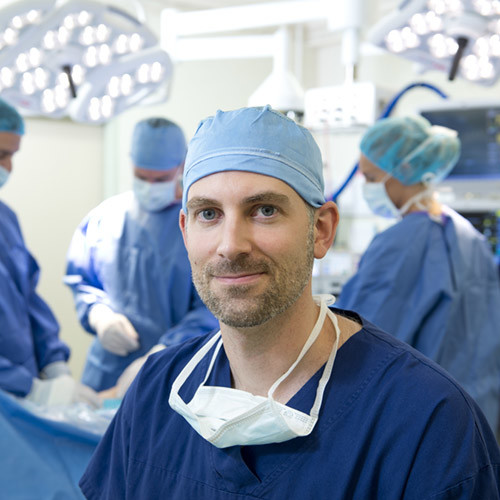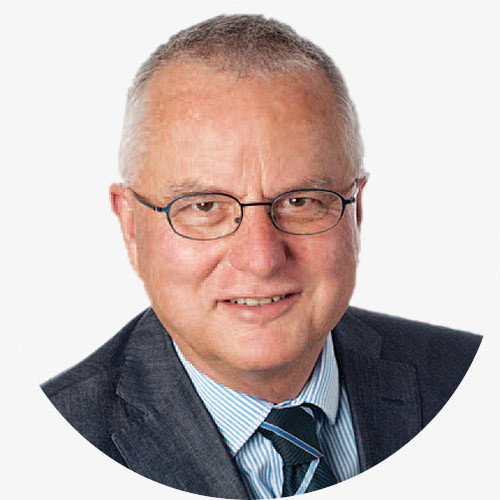Total Hip Replacement (THR)
Total Hip Replacement is the surgery performed to replace a damaged or worn hip joint.
A smooth and compressible substance known as articular cartilage coats the surface of the ball (femoral head) and socket (acetabulum). Arthritis occurs when the articular cartilage wears away exposing the underlying bone. This causes roughening and distortion of the joint, resulting in painful and restricted movement. A limp will often develop and the leg may become weak and shortened.
The new joint relieves pain, improves walking ability, decreases stiffness and in most cases restores leg length and may correct the limp.
Osteoarthritis of the hip is generally a disease of the older person but may occur in younger people following rheumatoid arthritis, fractures of the hip and other rarer conditions.














